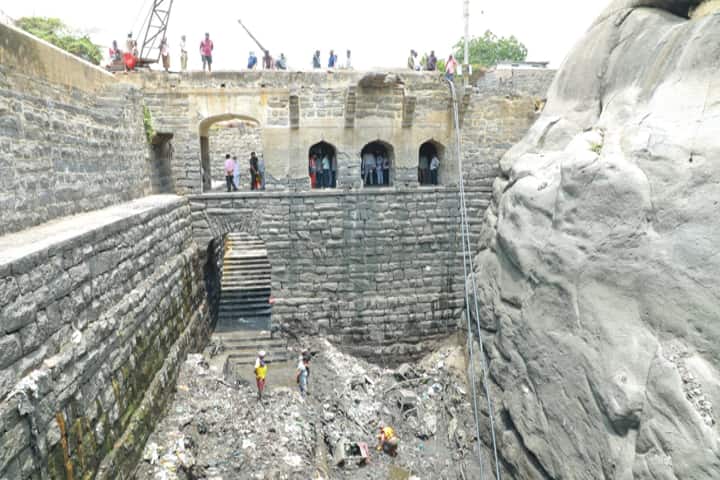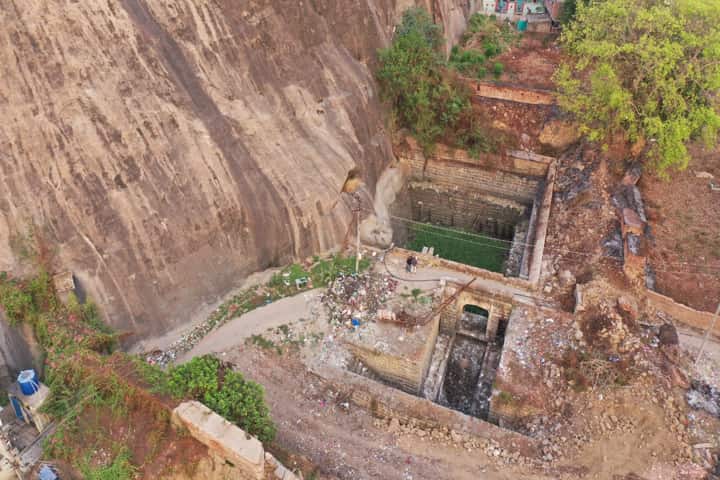Preservation of heritage buildings and monuments is now being given priority at all levels of government. Take the case of Khammam Municipal Corporation which in along with the district administration and archaeology department is restoring the 13th Century Zafar Baoli or stepwell in Telangana.
The officials want to make this well located inside the Khammam Fort — built by Kakatiya rulers in 950 AD — a tourist attraction without affecting the original structure and design. Neglect over a period of time has damaged this historic place and made it dirty.
The historic #Khammam Fort and Zafar Baoli are all set to get a facelift and developed into a pleasant tourist spot.
The Khammam Municipal Corporation, in coordination with the Archaeology department and Hyderabad-based The Rainwater Project, will undertake the project. pic.twitter.com/WfBnNU3cMl
— Telangana Digital Media Wing (@DigitalMediaTS) May 11, 2023
The well measuring 60 feet in length, 20 in width and 60 in depth was constructed by the Kakatiya rulers and is located in the southern part of the Fort which itself is spread in four square kilometres.
The original objective of this well was to provide drinking water to people and soldiers living in the fort. Though the construction took place under the Kakatiya regime it was developed by the Nizams with help from the French when Jaffer-ud-doula was the Khammam tahsildar.
Cleaning, silt removal and Restoration work of ‘Jaffar Bavi’ Step-Well Tank besides Khammam Khilla is being taken up. Soon to be a major tourist spot in the city. @Collector_KMM @cdmatelangana @arvindkumar_ias @puvvada_ajay @KTRBRS pic.twitter.com/H9wHHsHByu
— Commissioner KMC (@MC_Khammam) April 27, 2023
At the moment KMC is clearing the debris and the silt and then it will be repaired with original lime bricks, boulders, steps and bricks. Plans are afoot to construct railing around and inside the well while lighting it up. Apart from this close circuit cameras will be installed for security.
The Khammam Fort was built by Musunuri Nayaks and served as an impregnable citadel for them as well as other dynasties like Qutb Shahis and Asaf Jahis.
The well was first dug up and then the walls were raised along the depth with granite and lime mortar. It collected water for the fort residents as well as those who stayed in surrounding areas.





















